Yates Account
Join now
Create a Yates account today!
Sign up to join the Yates Garden Club for monthly e-mails packed with seasonal inspiration, tips for success & exclusive promotions.
Plus if you’re a Garden Club member you can take part in the Yates Growing Community - a blog to share successes, get advice & win prizes in fun challenges along the way!

Forgot password
Enter the email address associated with your account, and we'll email you a new password.

Ferns reached the height of their popularity in the Victorian era when it was fashionable for grand gardens to have a specially constructed fernery. But for most of the twentieth century, flamboyant flowering plants outshone the ferns.
Now, it seems, the situation has changed and once again we are appreciating the special qualities of ferns. Their serenity adds a delicate charm to shaded garden beds. Potted ferns make delightful indoor or outdoor specimens.
Epiphytic Ferns
These ferns naturally grow high up in trees where they feed themselves by catching falling leaf litter. Plants that grow in trees are called epiphytes. The best known epiphytic ferns are elkhorns and staghorns (as pictured above).
Outdoor Ferns
Many ferns will grow happily outdoors as long as they are given plenty of moisture and some shade. Popular choices include bird’s nest fern, hen and chicken fern, king fern, tree ferns.
Indoor Potted Ferns
Ferns do best in a moist atmosphere so should be kept away from strong draughts, air conditioning, and sunlight though windows. They grow well in bathrooms where the high humidity levels keep them happy. Maidenhair, Boston, hare’s foot and leather ferns are all widely used indoors.
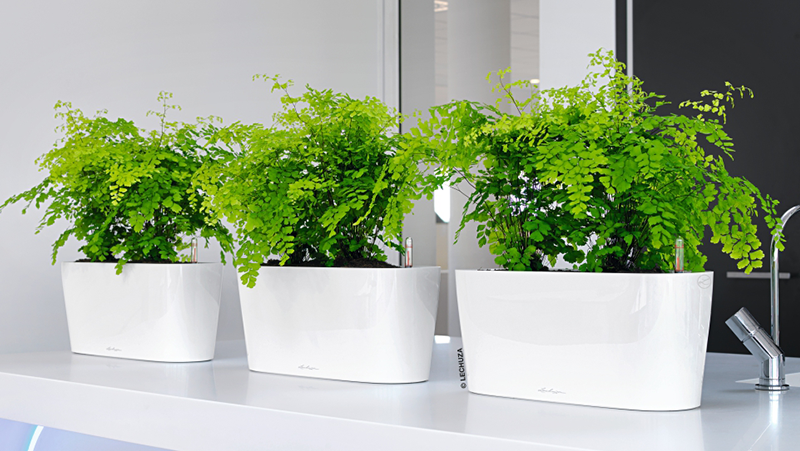
Fertilising Ferns
Every fern grower you speak to will have his or her own favourite method of feeding. The important thing to remember is that ferns grow slowly and have quite limited fertiliser requirements. Don’t overdo it!
Feed potted ferns with controlled release fertiliser or half-strength Yates Thrive All Purpose Soluble Plant Food. Some indoor gardeners find they get good results by using gentle, organic fish emulsion.
Outdoor ferns appreciate an occasional sprinkling with Yates Dynamic Lifter Organic Plant Food, and mulching with old leaves or well-rotted manure.
Some fern experts swear that their ferns enjoy a tonic of vitamin B1. They recommend dissolving one vitamin B1 tablet in 2 litres of water and pouring the solution over the root system.
Pests and Diseases
One of the worst pests is fern scale. The usual recommendation for controlling scale is to spray with white oil. Unfortunately, with sensitive fern leaves, this cure can sometimes be worse than the disease. A safer treatment may be to trim off all the leaves and fertilise to encourage fresh new growth.
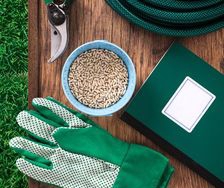

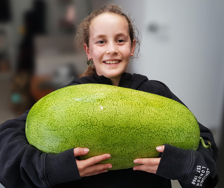
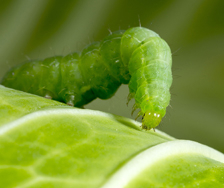
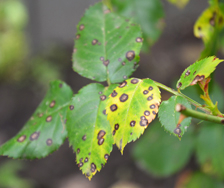
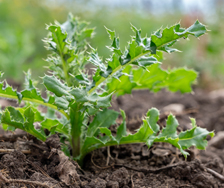
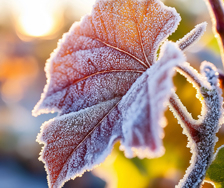








Share
Share this article on social media